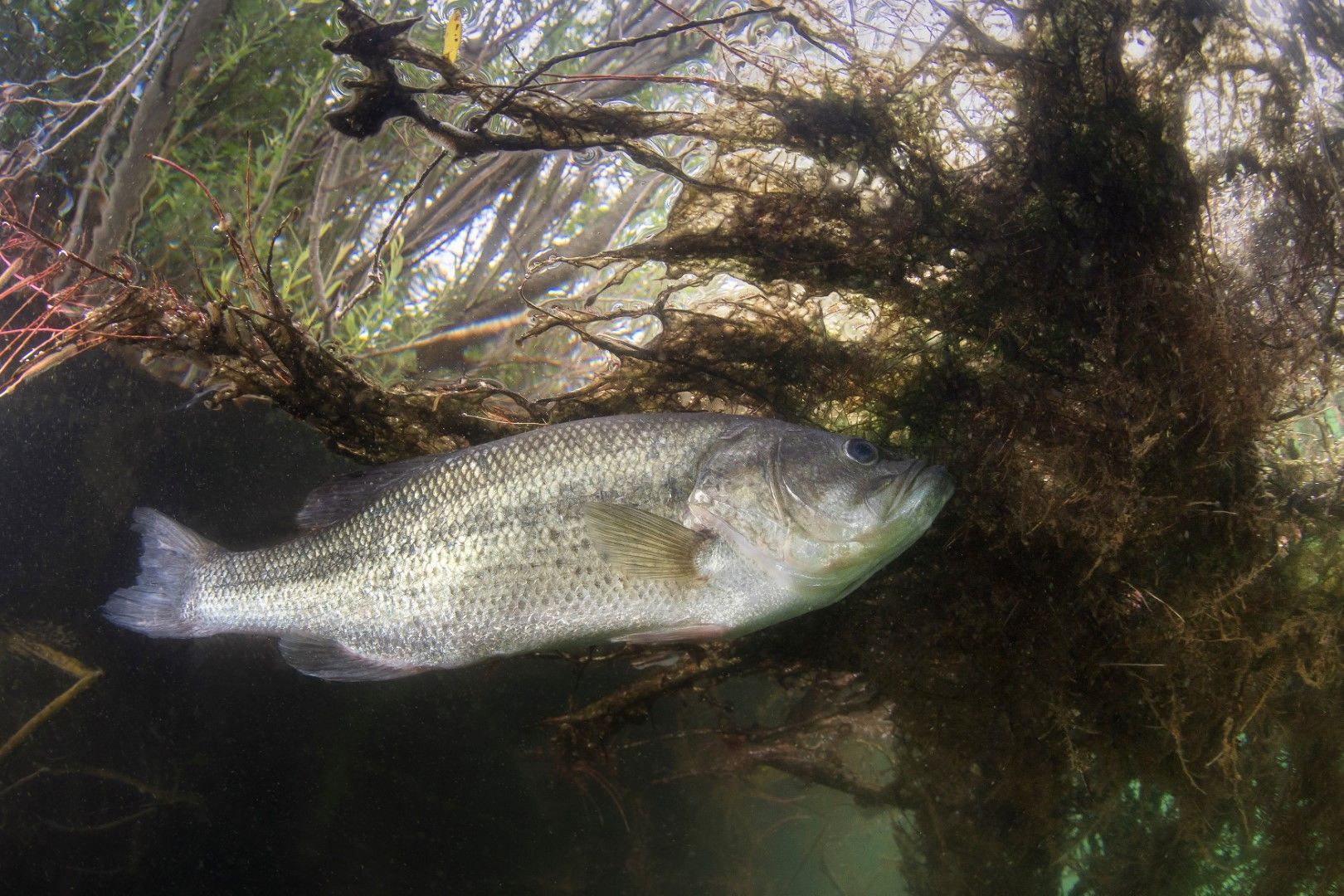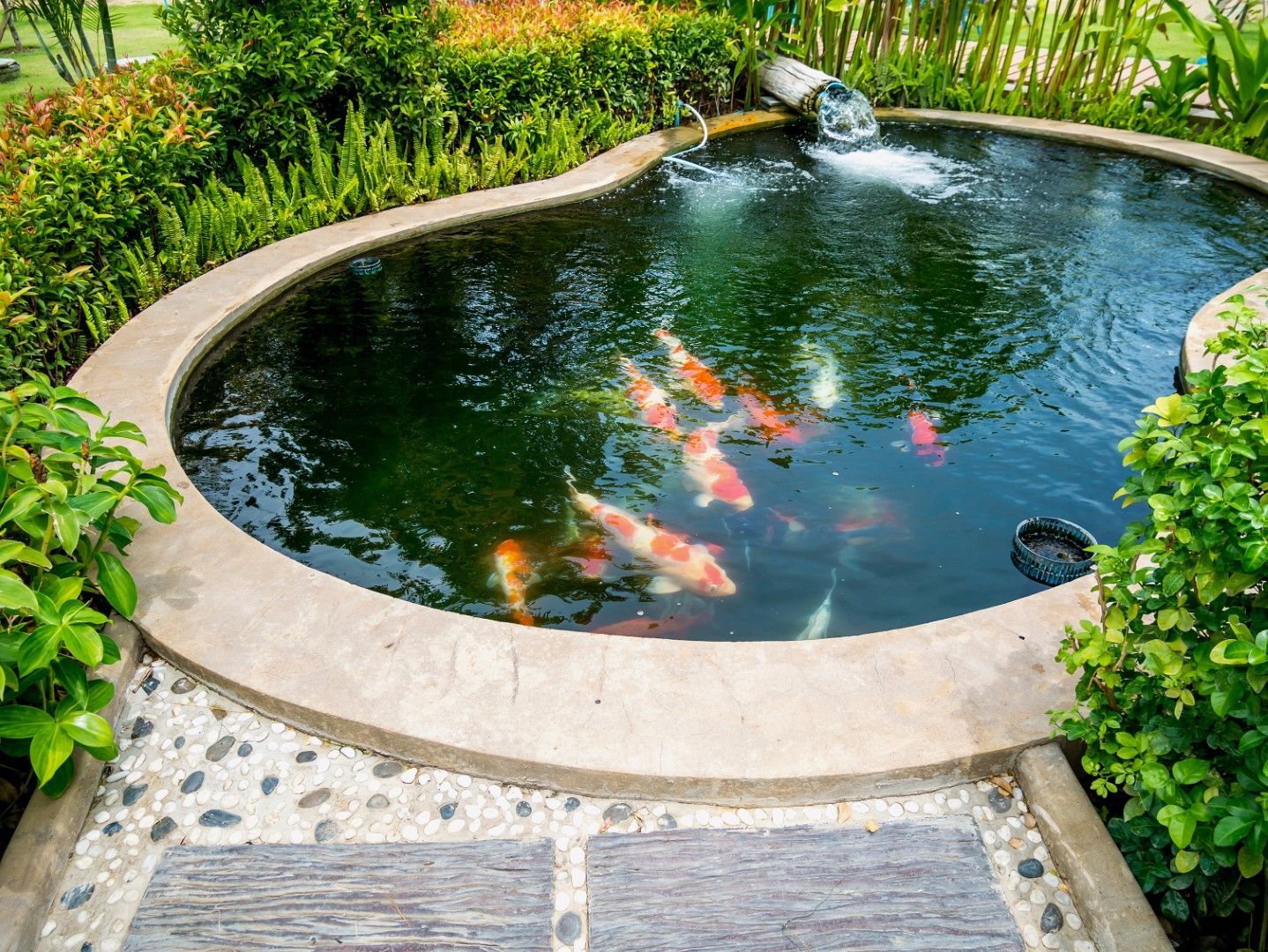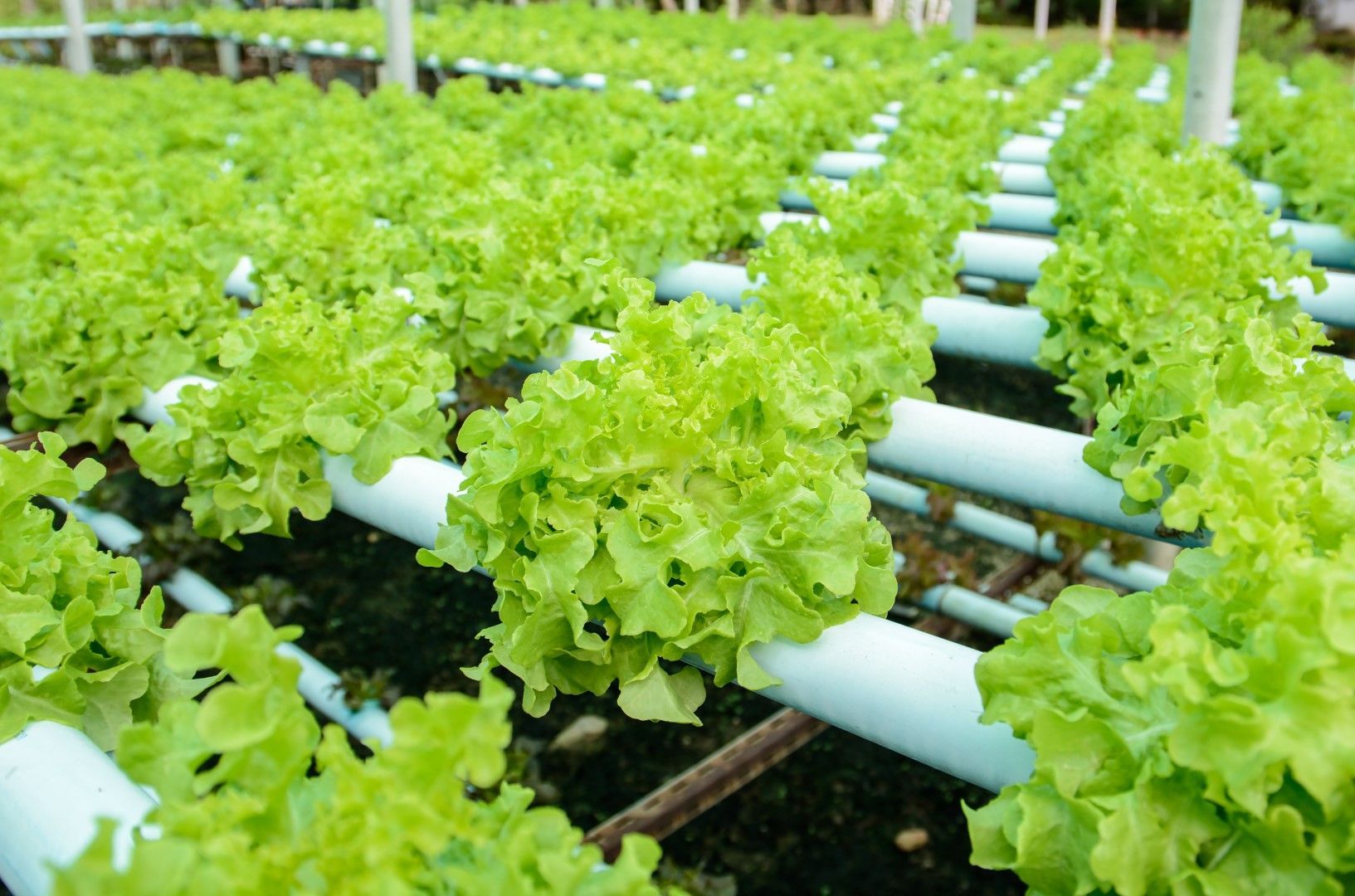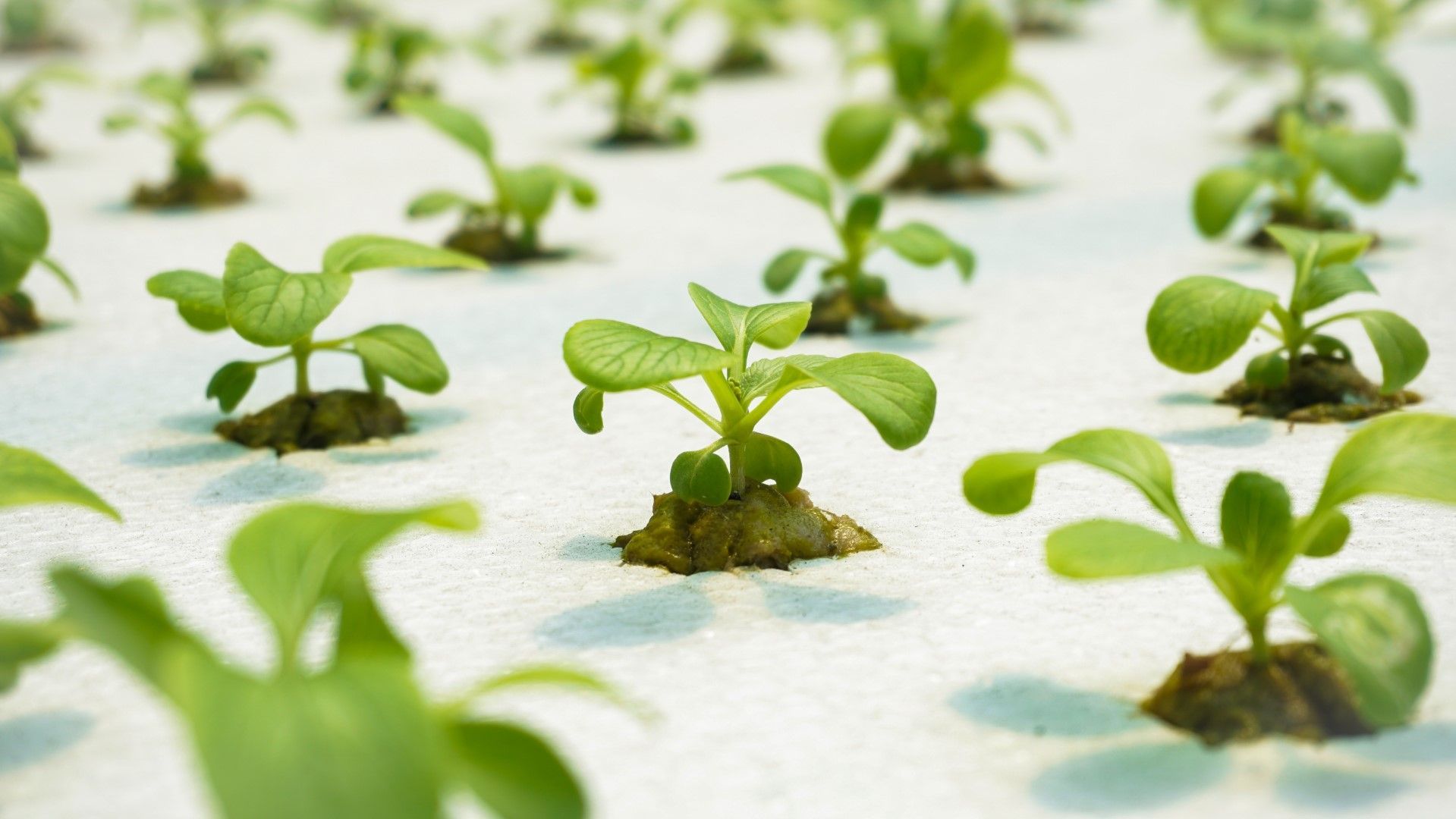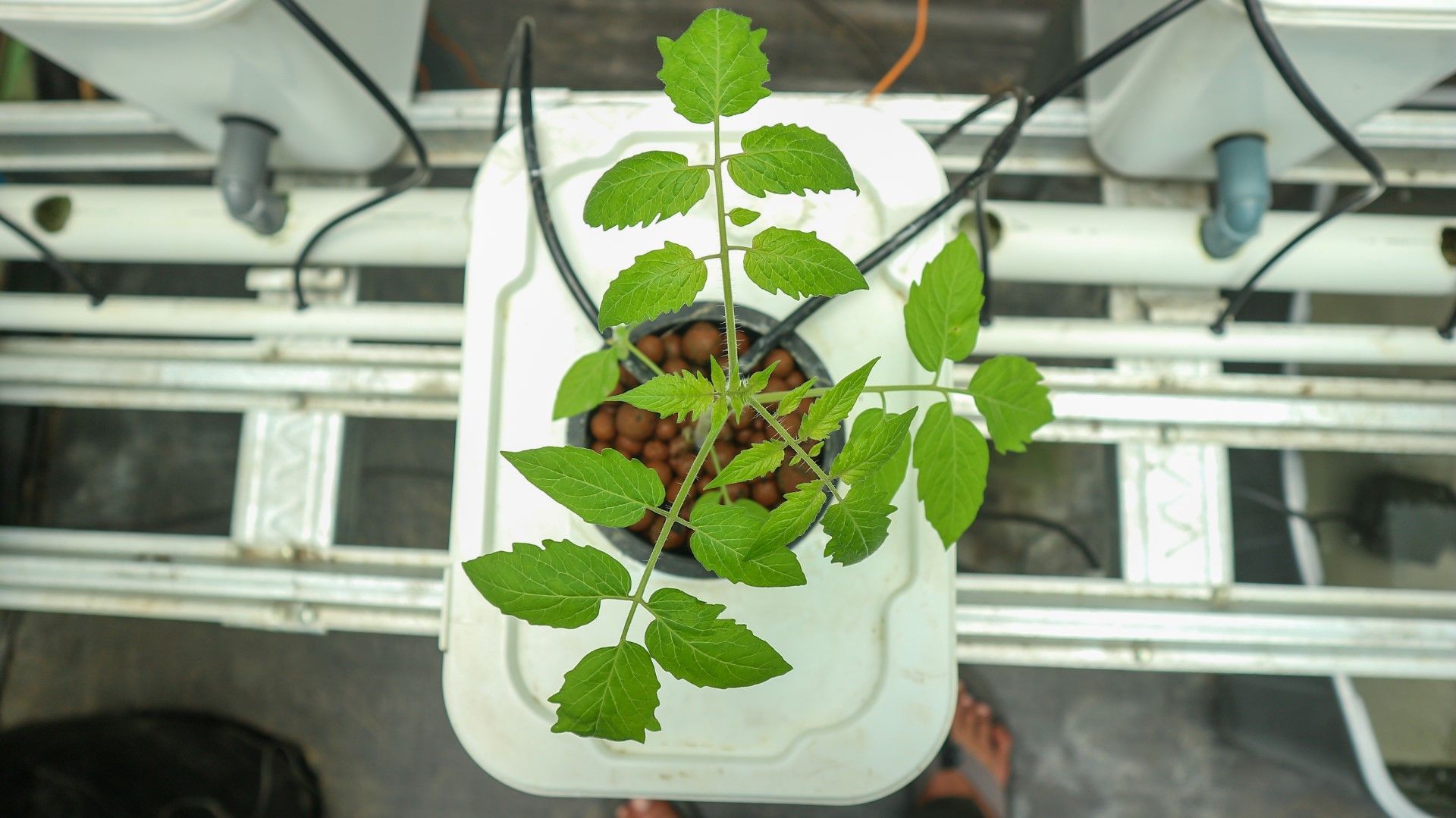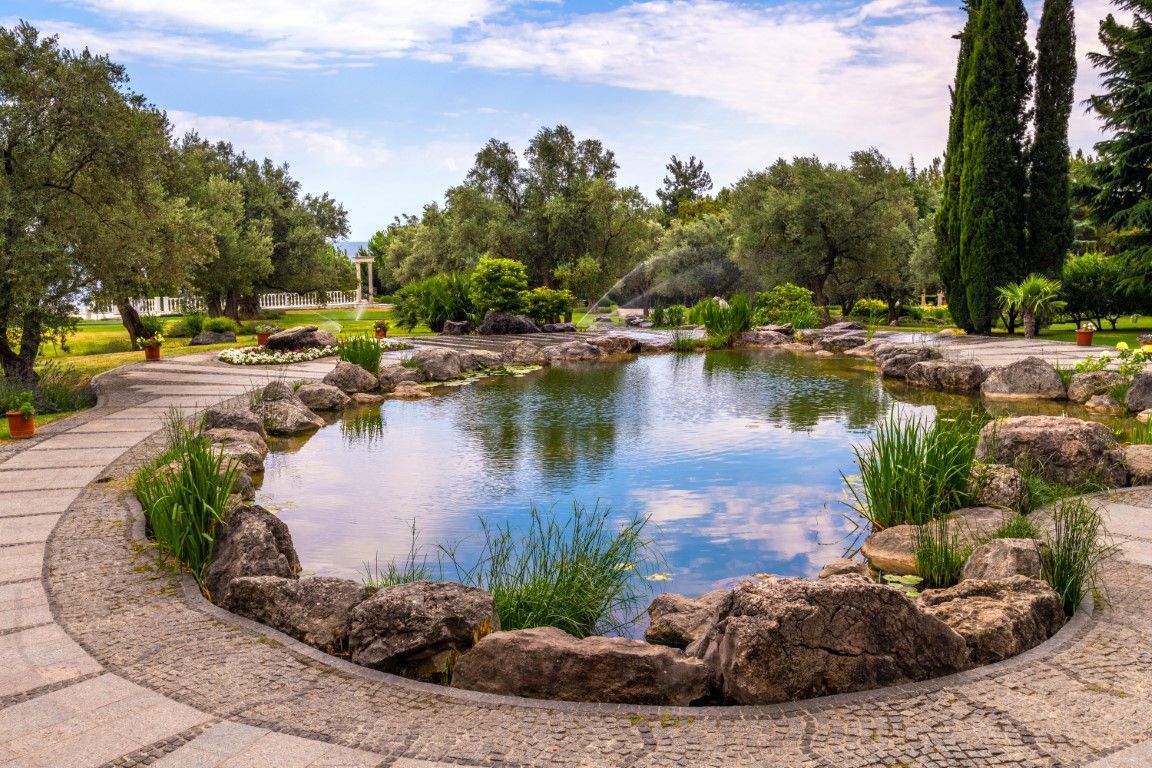An Introduction to Media Beds in Aquaponics
Media Beds: A Versatile Aquaponic Solution
In aquaponics, media beds stand out as an effective and versatile method for growing plants. They are popular for supporting a variety of crops, acting as a natural filtration system, and being suitable for both small-scale and commercial setups. Whether you’re growing for personal consumption or managing a larger operation, media beds offer a sustainable and practical solution.
At Focal Point Ponds, we recognize the value media beds bring to aquaponic growers and offer solutions tailored to various needs. Whether you’re new to aquaponics or an experienced grower, media beds can elevate your system's efficiency and sustainability.
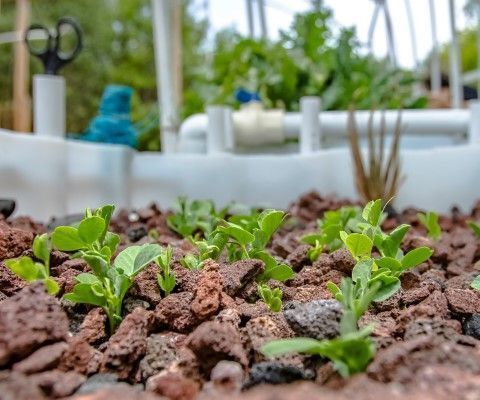
What are Media Bed Systems?
Media beds, also known as media-filled bed systems, are an essential method used in aquaponics to grow plants without soil. They consist of a bed (a flat container) filled with growing media like expanded clay pellets, gravel, or lava rock.
The growing media replaces soil by anchoring plant roots and providing a surface for beneficial bacteria. These bacteria play a vital role in breaking down fish waste into nutrients that plants can absorb. The media also allows water and air to flow freely, ensuring the plants stay nourished and oxygenated.
How Media Beds Work
A media bed system operates through a continuous and efficient cycle that integrates fish and plant life into a balanced ecosystem:
Water Flow
Nutrient-rich water is pumped from the fish tank into the grow bed, where it nourishes the plants.
Filtration
As the water flows through the growing media, it captures solid waste. Beneficial bacteria living in the media then convert ammonia from fish waste into nitrates, which plants can readily absorb. This natural filtration process maintains water quality through the nitrogen cycle.
Plant Growth
Plants take up the nutrients from the water while their roots remain aerated within the media, promoting healthy and robust growth.
Recirculation
The filtered water, now clean and oxygenated, flows back into the fish tank, completing the cycle and ensuring a sustainable system.
To keep the system running optimally, the water should cycle through the entire tank volume every 1–2 hours. This ensures even nutrient distribution, prevents waterlogging in the grow bed, and keeps the environment healthy for both plants and fish.
Plants That Thrive in Media Beds
One of the biggest advantages of media beds is their ability to support a wide variety of plants. From leafy greens to root vegetables, these systems offer versatility for both small-scale and commercial growers.
Best Plants for Media Bed Systems
- Leafy Greens: Lettuce, spinach, kale, and similar plants thrive in the stable, nutrient-rich environment of a media bed system. Their short growth cycles—averaging 30–40 days—allow for quick and continuous harvesting.
- Fruiting Plants: Tomatoes, peppers, cucumbers, and other fruiting plants grow exceptionally well. Their robust root systems are supported by the grow media, leading to yields that are 20–25% higher than traditional soil methods.
- Root Vegetables: Carrots, radishes, turnips, and other root vegetables benefit from the aeration provided by the grow media, reducing issues like compaction and irregular shapes.
- Flowers: Both edible flowers (like nasturtiums) and ornamental blooms can be grown for aesthetic or commercial purposes.
Why Media Beds Are Ideal for Diverse Crops
The versatility of media beds allows growers to experiment with various crops, making them suitable for those seeking to produce organic food, diversify their farm offerings, or create a visually appealing garden. For commercial aquaponics, media beds can help maximize profits by supporting multiple plant types in a single system. This process is also encouraged by allowing the fish to produce the nutrients instead of adding in supplements which will be required if only running a hydroponic system (without fish).
Advantages of Media-Filled Bed Systems
Water Efficiency
Media-filled bed systems, like other aquaponics setups, use up to 90% less water than traditional soil farming. This makes them an excellent choice for growers looking to conserve water without sacrificing productivity.
Crop Diversity
Media beds support a wide variety of crops, from leafy greens like lettuce and kale to fruiting plants such as tomatoes and cucumbers, and even root vegetables like carrots and radishes. This versatility makes them adaptable to diverse growing needs.
Natural Filtration
The grow media serves a dual purpose: providing physical support for plants and acting as a built-in filtration system. It captures solids and promotes the nitrogen cycle, reducing the need for additional equipment and lowering maintenance costs.
Higher Yields
With consistent nutrient delivery and optimized growing conditions, plants in media beds can grow up to 30% faster than those in traditional soil-based systems, making them ideal for growers aiming for high productivity.
Temperature Stability
The growing media helps regulate water temperature, preventing extreme fluctuations that could stress plants and aquatic life. This stability supports consistent growth and a healthier ecosystem.
Low Maintenance
Media beds are designed to be low-maintenance, requiring only occasional cleaning to prevent clogs in the media. Their natural filtration system further simplifies upkeep, making them accessible for both beginners and experienced growers.
Why Contact Focal Point Ponds
At Focal Point Ponds, we specialize in designing and installing aquaponic systems, including media bed setups tailored to your unique goals. Our expertise ensures every component integrates seamlessly, creating a balanced and productive ecosystem that supports both plants and aquatic life.
Whether you’re a beginner or an experienced grower, we’re here to help you maximize the efficiency and sustainability of your aquaponic system. Contact us today to discover how we can help you transform or enhance your aquaponic journey.
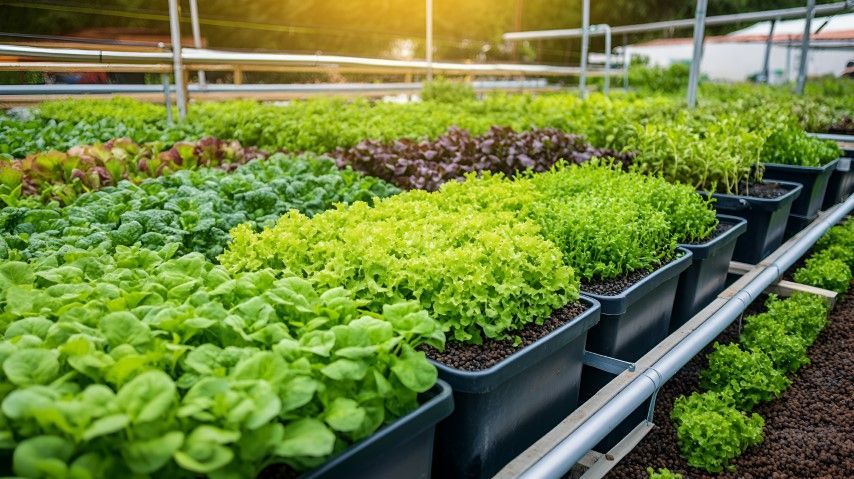
FAQs About Media Beds
Are media beds suitable for both beginners and experts?
Yes! Media beds are straightforward enough for beginners but versatile enough to support advanced aquaponic systems. Beginners often appreciate their simplicity, while experienced growers value their adaptability for diverse crops.
How scalable are media bed systems?
Media beds can be customized for small backyard setups or scaled up for commercial aquaponics. Whether you’re growing a few plants for personal use or managing a large-scale farm, these systems can adapt to your needs. For smaller scale operations, Dutch bucket systems offer growing produce using a very similar method. See the next question.
How do media beds compare to Dutch Bucket Systems?
Media beds and Dutch buckets both use growing media, but media beds support multiple plants in a single bed and provide natural filtration, making them low-maintenance and ideal for mixed crops. Dutch buckets can be scaled up or down easily because the plants grow in individual pots instead of troughs or tables. Buckets or varying sizes can be used to support extensive root systems, like those of tomato plants. Both systems come with different advantages and we can talk to you about your specific needs over the phone.
Why choose media beds over NFT or DWC systems?
While all three systems share features like water recirculation and aquaculture integration, media beds combine plant support and natural filtration in one system, making them versatile and beginner-friendly. NFT (Nutrient Film Technique) and DWC (Deep Water Culture) are great for small leafy greens, but may require additional filtration like a sump tank while media beds offer a good balance of functionality, crop diversity, and ease of use.


